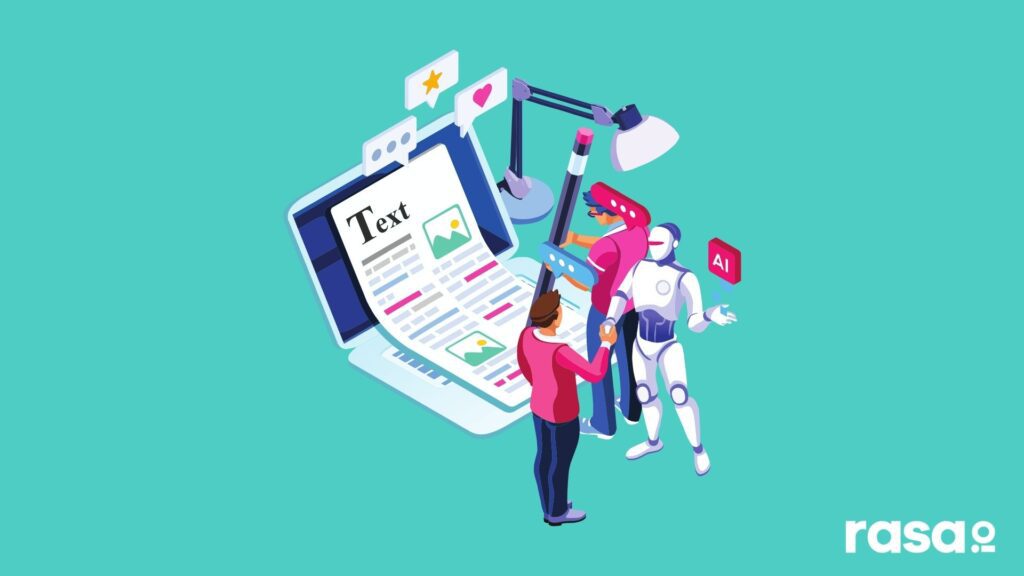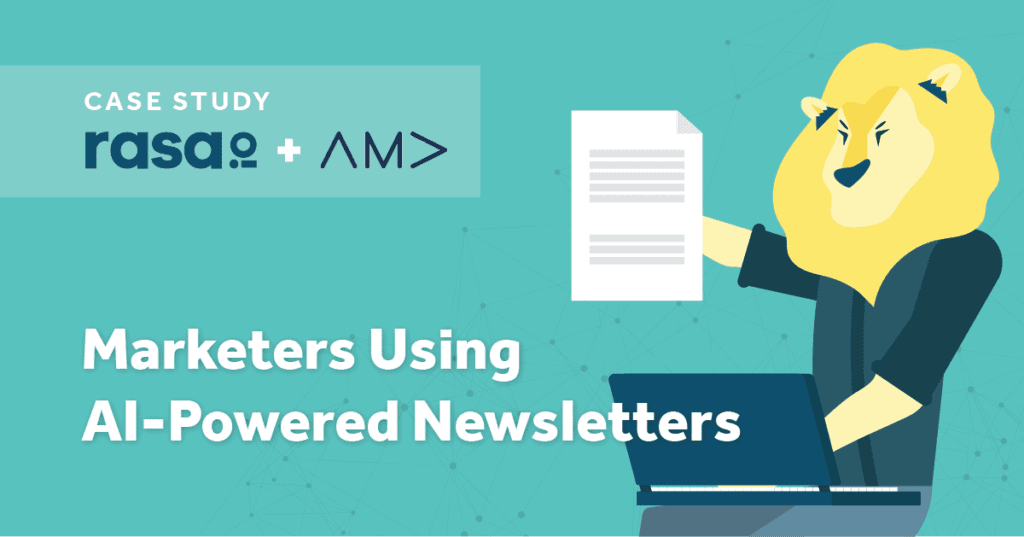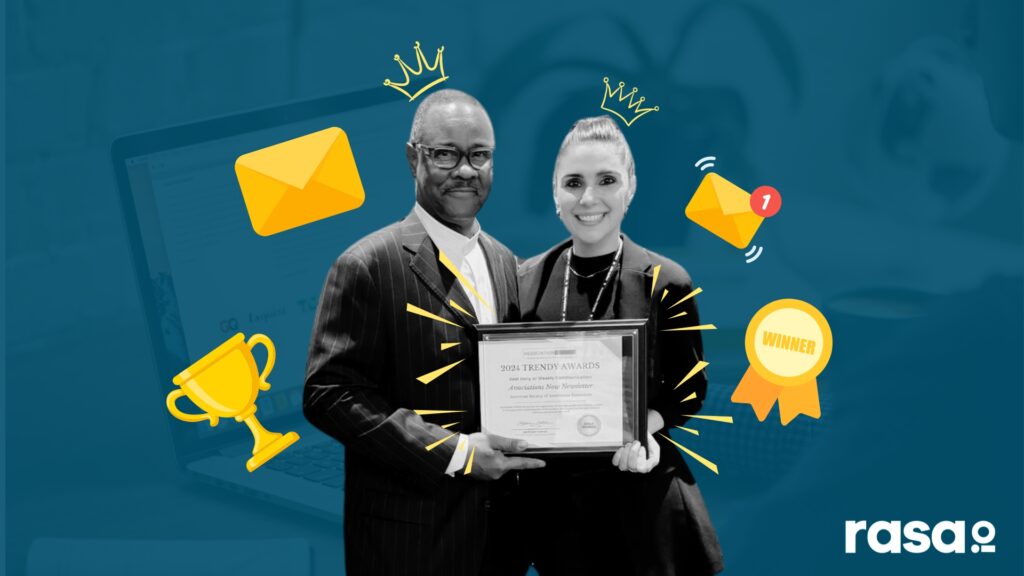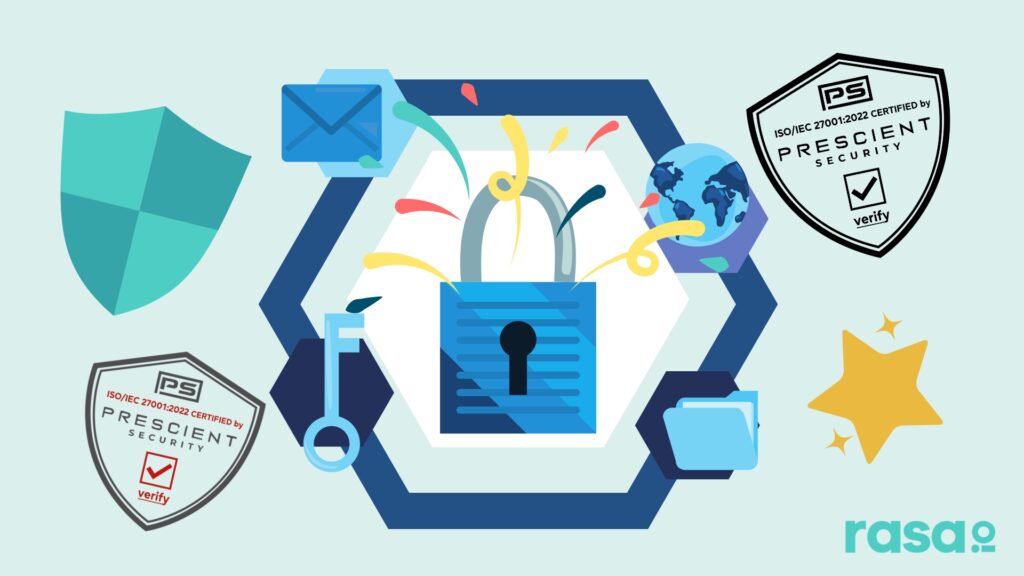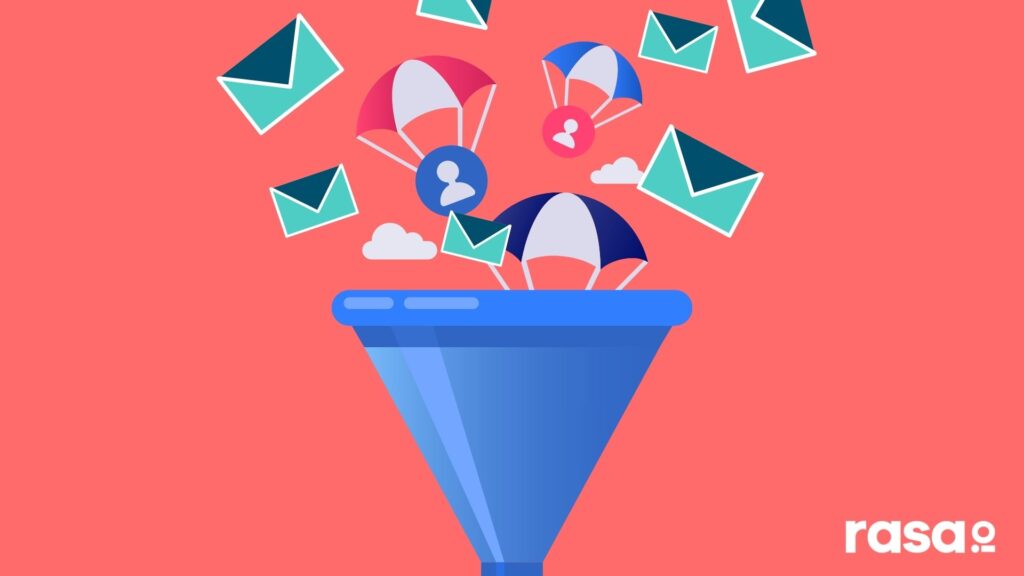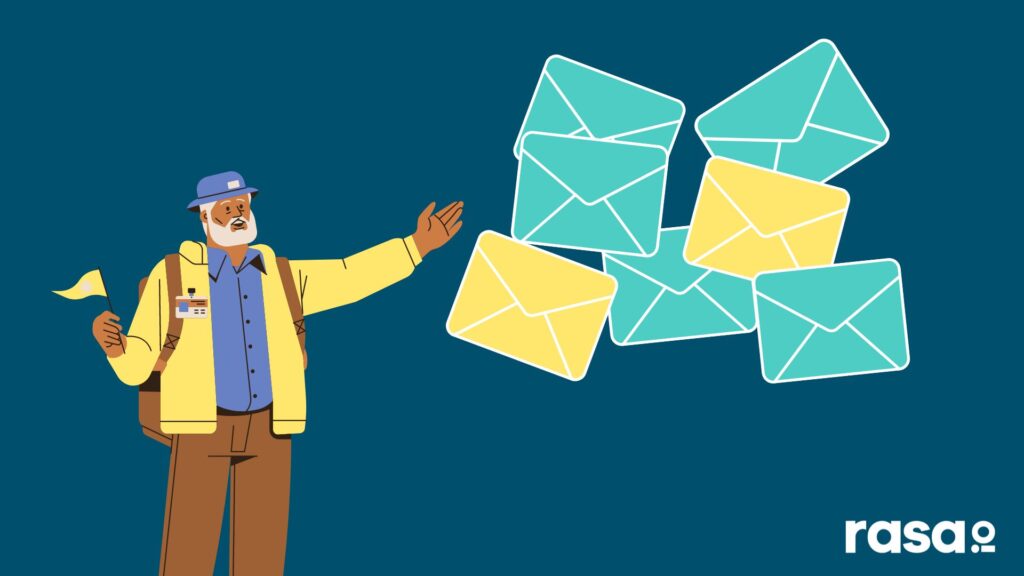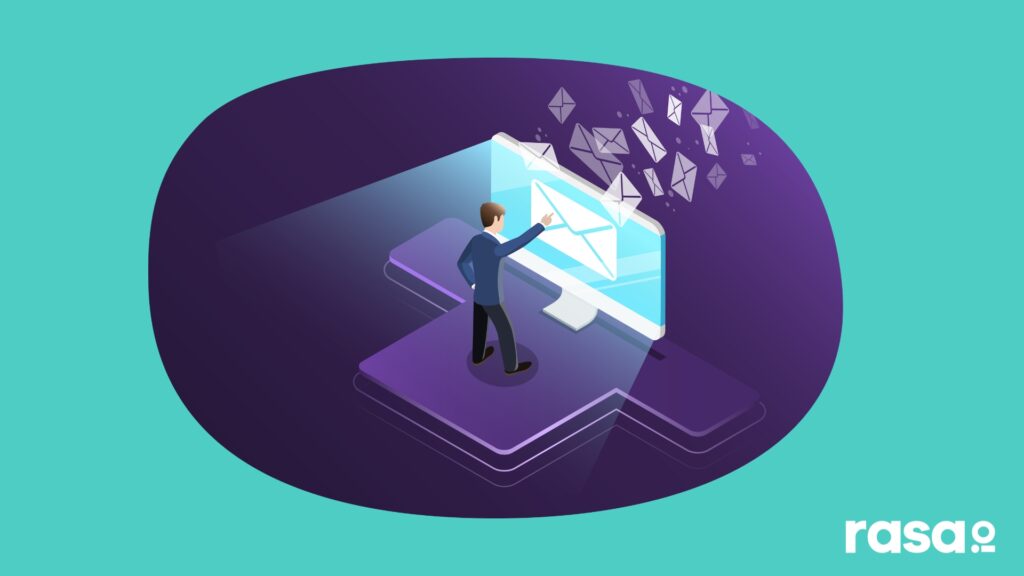Believe it or not, there’s a right time to send an email, especially when it’s an email newsletter.
Unfortunately for busy marketers, a lot of factors go into creating a successful newsletter, whether that’s writing a blog post (or 10), arranging advertisements, finding the right external content to include, summarizing industry trends, linking to upcoming events, etc.
As a marketer, you should consider what affects the likelihood of your subscribers opening your emails.
Of course, the quality of your content will probably be the largest indicator of your ongoing open rate, but other factors like visual layout, subject line copy (or emojis), use of photos or graphics, and load time will all also affect how many people view your emails.
One major indicator that often gets overlooked is timing.
Timing your email newsletter according to internal data and market research can have a huge effect on your newsletter success. At certain times of day, your audience is more likely to check their emails, and if you’re able to optimize that time, you should.
Whether you send your email newsletter on Monday morning, Thursday evening, or Tuesday during your lunch break – to find the highest open rate, you’ve got to test different send times!
Increase engagement by timing your newsletters
No matter the industry, a newsletter is an excellent way to stay in contact with people who are interested in your business.
Most businesses and organizations accumulate their audience through links embedded into a purchase process, others require an email to purchase services, and some request an email address for special promotions or newsletter signups.
No matter how you collect subscribers, your email newsletter should regularly and consistently be sent to your list of potential customers.
For many online businesses, 25-30% of their sales come from repeat customers. It’s a demographic that’s worth fostering a relationship with, and a newsletter is a great way to do that. That’s also why you should constantly look for new ways to improve your email marketing strategy. Making slight adjustments to an already successful marketing campaign leads to consistent growth. If you’ve never considered the impact of timing your newsletter launches, it might just be the difference between good and great.
Testing your email send times
A good rule of thumb when using new email marketing strategies is to test everything. Try sending out your regular email newsletter at different times of day and different days of the week and compare your data.
The best way to avoid any biases is to split your subscribers into different groups, send each group an email at a different day and time, repeat this experiment for a few weeks, and compare the open and click-through rates. This way, the other content factors won’t affect the data. In other words, your data won’t be skewed by less interesting newsletter topics or glitches.
A lot of email service providers have A/B testing for things like the subject line or body of the message, but not necessarily send time. Chances are, you’ll need to do the data comparison manually; but if you set it up correctly, the process should be fairly straightforward.
Higher open rates within 12 -24 hours after sending are a good sign that one send time was more successful than another.
You might be surprised to learn that choosing a better send time can boost your average open rate, click-through rate, and email replies. Or, you may see that the difference in some of your email metrics is only minor, but you might also see a higher result in your business metrics – like a higher conversion rate (sales, webinar registrations, lead magnet downloads, etc.).
Do different types of audiences engage at different times of the day?
Many studies have shown that emails have the highest engagement between the hours of 9-11 am, which is why it’s important to do your own research. Depending on who makes up your subscriber base, your email newsletter success factors could be entirely different from the norm.
Do some market research about your target audience and try to figure out when they’re most likely to check their email notifications.
Businesses sending B2C or B2B emails can both benefit from testing email newsletter timing. The process of running these research tests won’t cost you much and could result in a noticeable improvement in your engagement.
Check out MailerLite’s analyzed send time data from 2021. Optin Monster has collected a lot of data, as well. CoSchedule has compiled info from 14 different studies!
You ran your test, how can you measure performance?
As long as you’re sending your email newsletters from some sort of email marketing platform, you should have access to your marketing data.
Hubspot, Emma, Mailchimp, Constant Contact, rasa.io, and are just a few of the many tools available.
The data points you’ll want to focus on are open rate (the percentage of people who opened your newsletter), click rate (the people who clicked on a link in your newsletter), replies, and conversions (conversions can mean anything – what action are you trying to get your subscriber to take from your email?).
A high open rate suggests that your subscribers were on their mobile devices or computers and checking notifications when you sent your newsletter. A high click-through rate further narrows it down to subscribers who accepted the prompt to visit your website.
The likelihood of someone opening your email goes down the longer it sits in your subscribers’ inboxes, so you should have a pretty solid data set within the first 12 hours of sending an email.
Tools for analyzing and testing
You’ll want to make sure that you’re using the best tools possible when running data tests on your newsletters. Keep in mind that the data you collect is constantly changing. The best time to send a newsletter may shift over time as your email list grows and evolves. Don’t be afraid to run your test again in the future if you see your rates start to dip.
One way you can keep up with the ever-changing landscape is by using artificial intelligence in your email software. At rasa.io, our AI algorithm learns from your subscribers every time a newsletter is sent. From there, personalized email newsletters are crafted with a unique set of content that complements each individual subscriber.
Our platform not only displays open and click rate data for each subscriber but also provides data on the topics that are most appealing to the individual and to your email list as a whole – great information for any marketer looking to improve their marketing strategy.
⇢ Why not let our AI do the work for you?
Personalized emails are almost guaranteed to get you a high open-rate or an increased conversion rate. To learn more about rasa.io and how it can keep up with changes in your market demographic, sign up below for a free 14-day trial.





